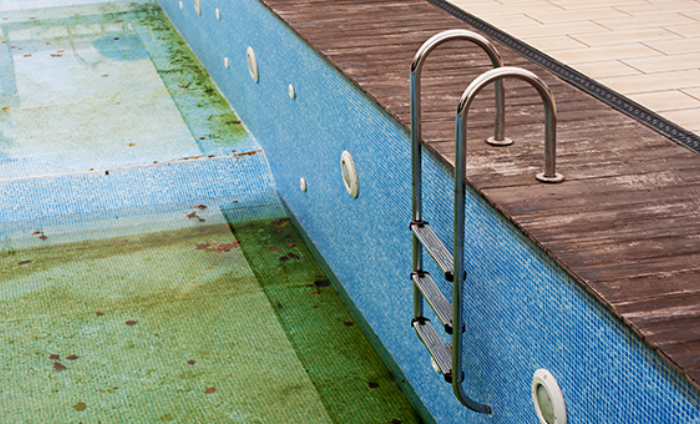
The long-term impact of lockdown on pool swimming
Simon Griffiths considers the impact of Covid on the long-term growth of swimming
While we’ve been celebrating the increase in outdoor swimming, lockdown had a dramatic negative impact on pool swimming. Data from Sport England shows that only half a million people managed to swim regularly in England between mid-May and mid-July 2020. The figure for the same period in 2019 was 4.8 million. With restricted capacity at pools and continued need to book in advance, swimming numbers are still low. You have to really want to swim to make the effort. If you were a half-hearted swimmer before the pandemic, the additional barriers have probably put you off.
Moreover, in May, the District Councils Network released findings from a survey that showed one in three councils expect to permanently close leisure centres and more than 100 leisure centres could go bust because of losses during lockdown. If this happens, swimming participation may never recover.
The impact on children is damming. Data from Swim England shows around 240,000 children have missed out on learning to swim 25 metres and 50,000 fewer children are able to perform a safe self-rescue. For many of these children, I fear an opportunity has been lost which could have long-term impacts on their safety, health, fitness, wellbeing and the activities they choose to do as they get older. If you can’t swim, you can’t access a wide range of water sports, nor will you become an outdoor swimmer.
Catching up won’t be easy. Booking children’s swimming lessons was difficult before Covid. It’s harder now. For children whose parents don’t have the means to pay for or organise private classes, school lessons are the only option. These were inadequate before. Now, with schools behind and struggling in so many areas, where will swimming fit into the picture?
Swim England are trying to encourage parents to get their children swimming with their #LoveSwimming campaign. But I worry it won’t be enough. Coming out of Covid, there is so much that needs urgent attention. Swimming will be low on the list. But it has real long-term benefits. We are at risk of losing something special.
Outdoor swimming could be part of the solution. Is there scope to move more swimming lessons outdoors? The Swim Safe programme created by Swim England and the RNLI is a useful introduction to outdoor swimming. It also shows that kids don’t need the warmth and walls of a pool to access the water and learn swimming skills.
Even if we move some swimming lessons outdoors, it would only ever be part of the solution. While outdoor swimming is currently booming, its long-term growth is threatened if children and adults have insufficient access to pools and never gain the skills and confidence they need. And it could become self-perpetuating. People who don’t swim are less likely to encourage their children to do it.
As swimmers, we need to support campaigns to keep pools open and make sure our politicians understand the importance of swimming for adults and children. If not, the long-term impact of Covid on swimming could be disastrous








